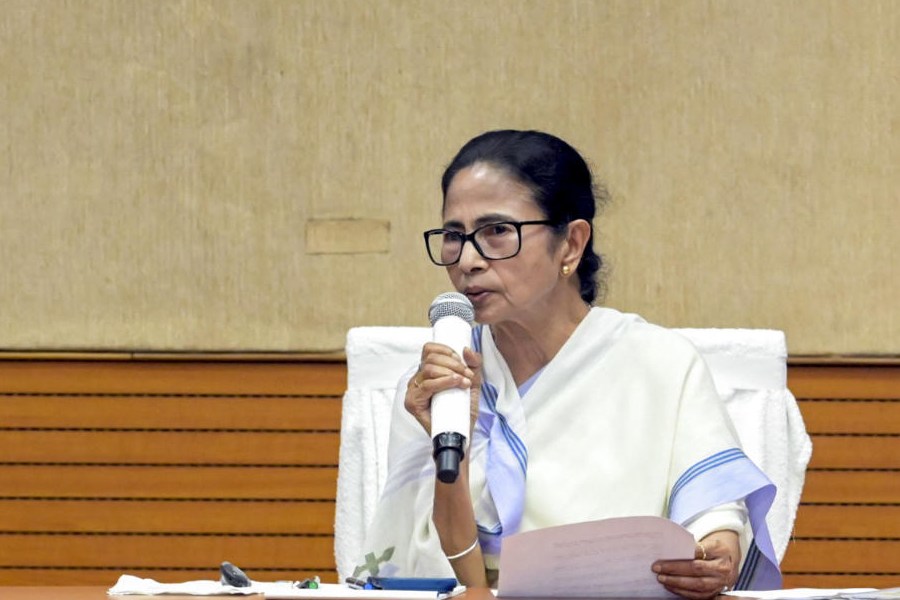The Reserve Bank of India delivered a surprise aggressive cut to key policy rates on Friday, moving well ahead of market expectations as it sought to jump-start economic growth amid mounting headwinds from geopolitical tensions and trade disruptions driven by tariff uncertainties.
The apex bank cut the repo rate by 0.5 percentage points — double what was expected — and reduced the cash reserve ratio (CRR) by 1 percentage point, a move that wasn’t anticipated by markets. The decisions will significantly benefit borrowers across loan categories.
Relief for borrowers
Home loan borrowers — particularly new applicants and those with floating-rate mortgages — stand to gain the most from reduced equated monthly instalment (EMI) burdens. The cuts will also benefit existing borrowers with floating-rate personal loans and new car loan applicants.
A back-of-the-envelope calculation shows that if banks pass on the entire repo rate cut (including Friday’s and previous reductions), mortgage borrowers could save approximately ₹36,684 annually on a ₹50 lakh loan with a 20-year tenure.
However, banks have historically been slow to pass rate cut benefits to borrowers.
Currently, home loan rates hover between 8-9 per cent, while car loans are priced between 9-10 per cent. Personal loans, typically unsecured, carry rates of 11-14 per cent. Experts expect rates to decline from July onwards.
Public sector PNB took the lead to cut rates from Monday onwards, with home loan starting from 7.45 per cent and car loan from 7.80 per cent.
Policy numbers
With Friday’s action, RBI governor Sanjay Malhotra-led monetary policy committee (MPC) has now reduced the repo rate by a cumulative 1 percentage point since February, bringing it down to 5.5 per cent. The CRR now stands at a historic low of 3 per cent, following a 0.5 percentage point cut in December 2024.
The repo rate — the rate at which the RBI lends to commercial banks — serves as a monetary tool that reduces banks’ cost of funds, enabling them to offer cheaper loans. Meanwhile, the CRR cut — which reduces the minimum percentage of deposits banks must hold as liquid cash reserves — injects liquidity into the banking system, empowering banks to lend more aggressively and potentially kick-starting a virtuous cycle of growth and employment.
Broader impact
Small and medium businesses, as well as large corporate houses, stand to benefit from the front-loaded policy action as their annual interest outgo on floating-rate loans will fall.
The MPC based its decision on benign inflation projections of 3.7 per cent for the current fiscal year and 4 per cent for FY27. Significantly, the committee also changed its monetary stance from “accommodative” to “neutral”, signalling there may not be further rate cuts ahead.
However, Malhotra acknowledged that the projected GDP growth of 6.5 per cent for FY25 falls short of expectations. “Growth remains lower than our aspirations amid a challenging global environment and heightened uncertainty. Thus, it is imperative to continue stimulating domestic private consumption and investment through policy levers to step up growth momentum,” he said.
Bank response
At least one major bank indicated it would have no choice but to pass benefits to borrowers, while warning of implications for savers. “Today’s announcement will not only push banks’ external benchmark-linked lending rates lower, but will also lower MCLR and deposit rates, thereby bringing greater pace and intensity to transmission,” said Siddhartha Sanyal, chief economist and head of research at Bandhan Bank.
For savers, the rate cuts spell lower returns on bank term deposits going forward.
Reality check
However, the actual transmission of benefits will depend on credit demand, which requires industry confidence in future product and service demand. Similarly, individuals are unlikely to increase spending on big-ticket items like cars or homes unless they are confident about their income streams.
Malhotra appeared mindful of monetary policy’s limitations. “I believe in doing my work and we have done that bit. It is expected that everyone else will do their bit. Monetary policy is a necessary but not sufficient condition. For transmission to happen, there are many other factors.
“It will depend on macroeconomic conditions and demand for credit. We have to leave it to market forces, and they will be able to push prices based on demand for credit,” he said at the subsequent media conference.











